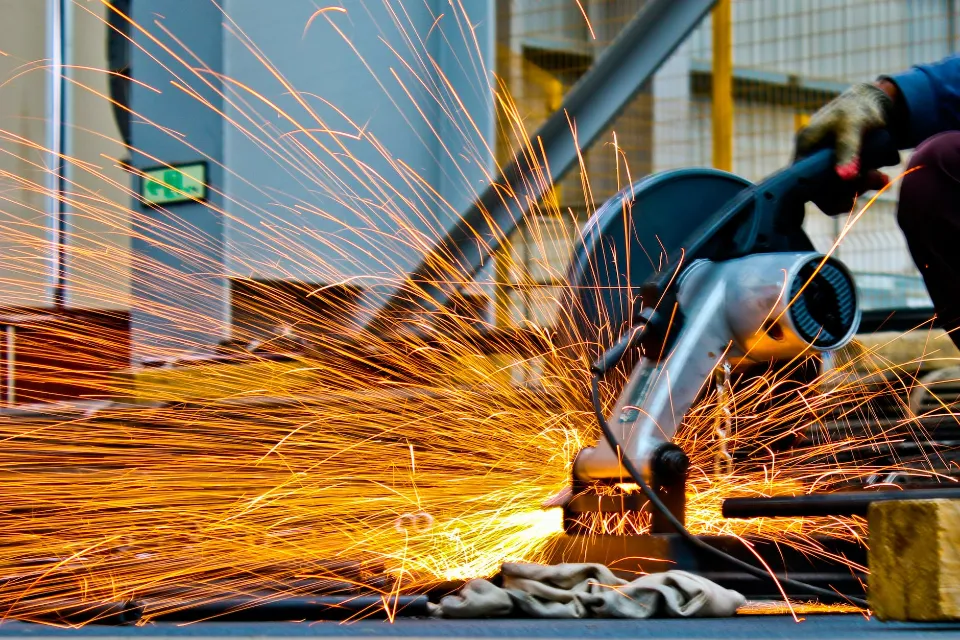
Permanent magnet AC motors have a Stator set up to provide a number of poles, typically for a 3-Phase supply. Many people wonder what kind of motor is best for the contemporary electric drivetrain as the electrification of the automobile progresses at an accelerated rate. Continue reading, you will learn more about motor ac permanent magnet.
Table of Contents
What is Motor Ac Permanent Magnet?
The only difference between standard induction AC motors and permanent magnet AC motors (PMAC) is that the rotors of PMACs have permanent, rare-earth magnets attached to them. By using these permanent magnets rather than electromagnets, the motor experiences fewer energy losses. Additionally known as synchronous AC motors, they are even more effective than electronically commutated motors (ECMs).
How Does Motor Ac Permanent Magnet Work?
PACs use the natural magnetic field of the rotor material to generate motion rather than introducing a magnetic field into the rotor.
What Are the Motor Ac Permanent Magnet Applications?
PMACs’ superior efficiency means that they will reduce energy consumption in all motor applications. The best uses for motors are in refrigerated areas because of the advantages of lessened refrigeration load. Be aware that VFDs are typically only available in sizes below 50 horsepower and must be specially made for PMAC motors.
What Are the Savings?
PMAC motors lose 15–25% less energy than a typical NEMA Premium efficiency induction motor. A large cooler with just a two-horsepower induction motor replaced with a PMAC motor would save about 400 kWh annually in energy and refrigeration costs. As motor size increases, savings will rise. Since PMACs are more effective under these circumstances than other motors, savings may be greater if the motor frequently runs at lower loads.
What Are the Differences Between Permanent Magnet Motor VS. Induction Motor Efficiency?
Many people are curious about what kind of motor is best for the contemporary electric drivetrain as the electrification of the automobile progresses at an accelerated rate.
A three-phase induction motor or a permanent magnet motor might be the culprit. Currently, electric vehicles use both motor types. High performance and efficiency are both offered by both. But which is better?
There’s a strong argument that the permanent magnet motor is superior to the induction motor. As a result, recent designs are switching over to permanent magnet motors. Powder metallurgy’s inherent benefits, such as the potential for improved motor performance and lower overall costs, can be a useful tool in the production of these drive systems.
Let’s contrast induction and. permanent magnet motor efficiency to see their advantages and potential shortcomings. Although the finer points of electric motor design are more intricate than what is covered below, this is a great place to start for those who are considering their options.
What is Permanent Magnet Ac Motor Efficiency?
Induction motors were first created historically by Nikola Tesla in 1883. With the exception of improvements in raw materials, the basic stator design is essentially the same as the permanent motor’s.
The fundamental tenet of how an induction motor works is that the magnetic field produced in the stator induces an opposing current in the rotor bars. In the rotor laminations, the magnetic field produced by the induced rotor current is then created. The rotor rotates as a result of that opposing field because the rotor is always lagging due to the stator current switching.

Brushes and rotor winding are both rendered unnecessary thanks to the magnetic field that is created. Motors of this type are:
- Dependable
- Rugged
- Low-maintenance
The induction motor’s typical setup can be seen above. Observe that the rotor has laminations in the core and rotor bars, or electrically conductive materials, in the slots. These materials can be copper or aluminum.
The three-phase induction motor is as common as they come for the majority of industrial applications (greater than 1 HP) and automotive drivetrains. The three phases are arranged in this design so that they are encircling the stator smoothly and efficiently. Once the voltage is applied to the stator windings, three-phase AC motors can start by themselves. The so-called rotor bars are frequently angled to produce more torque.
What Are the Non-energy Benefits?
PMAC motors’ lower operating temperatures extend equipment life and cut down on maintenance requirements. Compared to induction motors, they have better speed control thanks to their synchronous operation. They also work at higher power factors.
What is the Cost?
Costs have reportedly been comparable to those of ECMs, and payback times of 12 to 24 months over induction motors are possible (using incremental cost). Due to their extreme volatility, the prices of rare-earth magnets can vary widely.
Is Permanent Magnet Synchronous Motor AC Or DC?
The Permanent Magnet Synchronous Motor (PMSM) is an AC synchronous motor whose field excitation is provided by permanent magnets and has a sinusoidal back A hybrid of an induction motor and a brushless DC motor, the PMSM produces an EMF waveform.
Why Permanent Magnet is Not Used in AC Motor?
The motor’s power is increased by it. Thus, commercial electric motors do not use permanent magnets to rotate the armature because permanent magnets are weak and do not produce a strong magnetic field in the region.
Why AC Motor is Better Than DC?
AC motors are generally considered to be more powerful than DC motors because they can generate higher torque by using a more powerful current. DC motors, on the other hand, typically use their input energy more effectively and are more efficient.
Conclusion
Do you know more about motor AC permanent magnets? Permanent magnet motors are primarily used in variable-speed drives, where the stator is powered by an electronically controlled source with variable frequency and voltage.



